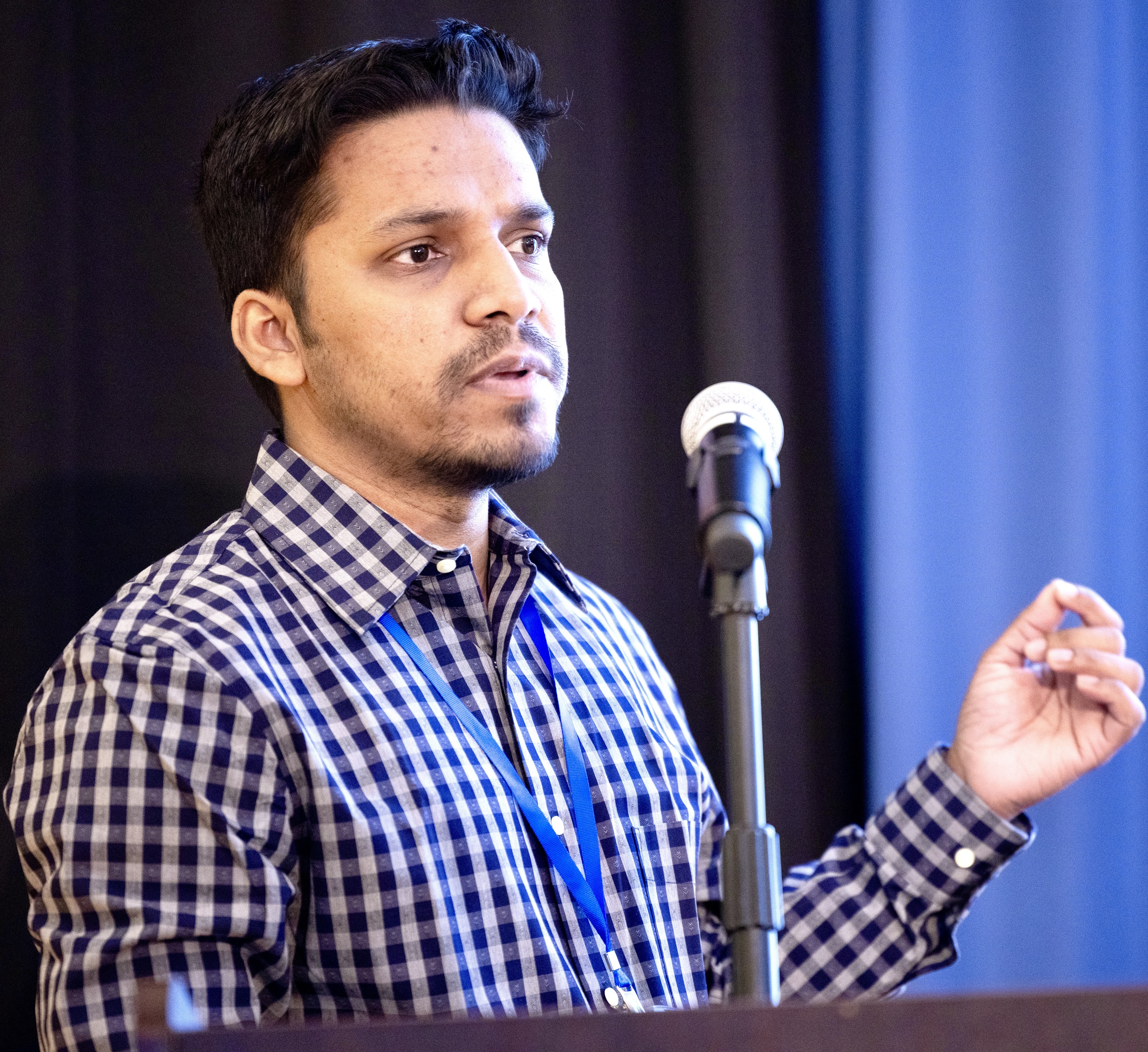
Emam Hossain
Ph.D. Student
iHARP: NSF HDR Institute
Causal Artificial Intelligence Lab (CAIL)
University of Maryland Baltimore County
-
ITE 461, UMBC emamh1@umbc.edu Linkedin Google Scholar ORCID ResearchGate
About Me
I am currently pursuing my Ph.D. in the Information Systems Department at the University of Maryland, Baltimore County (UMBC). I’m part of Prof. Md Osman Gani’s Causal Artificial Intelligence Lab (CAIL) at UMBC. My research focuses on machine learning, deep learning, and causality, with a particular emphasis on their applications in climate science. Specifically, I am researching the evolution of supraglacial lakes over the Greenland Ice Sheet using Causal Representation Learning (CRL). My work integrates diverse datasets, such as ICESat-2, CARRA, and ERA5, to uncover the causal impacts of climate variables on lake dynamics like draining, refreezing, and burial.
I have a strong interest in causal methods, including Latent Causal Variable Discovery and multi-source data integration, aiming to enhance model interpretability and align causality across datasets. Additionally, I am exploring how these methods can provide both qualitative and quantitative insights in climate science applications. Beyond this, I have expertise in financial market analysis using time series analysis, such as stock price and foreign exchange rate prediction.
Before starting my Ph.D., I earned my Bachelor's and Master's degrees in Computer Science and Engineering from the University of Chittagong, Bangladesh. My Master’s thesis explored the application of machine learning with Belief Rule-Based Expert Systems for stock price prediction, and a modified version was published in the *Expert Systems with Applications* journal (read here). I have also published several research papers in international journals and conferences (see here).
I worked as a lecturer in the Department of Computer Science and Engineering at Port City International University, Bangladesh, for over three and a half years. I taught core computer science courses, including Artificial Intelligence, Pattern Recognition, Computer Graphics, Theory of Computation, and Object-Oriented Programming. During that time, I supervised multiple undergraduate thesis projects, fostering research skills in students.